This post starts a series of posts that teach you how to stay organised. The first of the posts talks about the different types of spaces around you, each playing a type of role for organisation. Sounds jargonistic. But let this post explain.
Introduction
Do you often carry a bulky laptop with you, intending to set it down on your desk… only to find that the desk is topped with stray pens, notebooks and even a coffee mug? You must now carefully set the laptop somewhere else and clear the desk, so that you can safely put the laptop there.
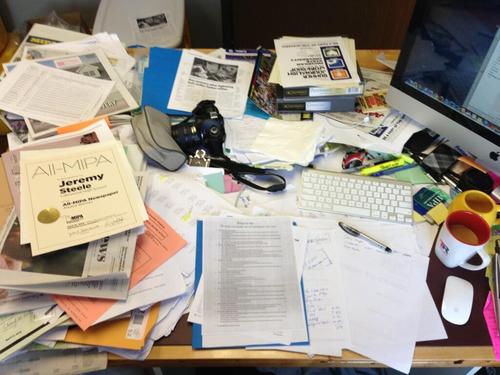
You want to go to sleep, but the bed is full of clothes brought from the laundry, folded and stacked. You need to put them away into your wardrobe before your droopy eyes can get a shut-eye.
Kitchen counters are full of clutter and you can’t find the space to work with your cutting board. The kitchen pantry is a eye-sore with hordes of plastic pouches that contain spices, pulses and condiments. The plastic pouches are sagging and falling on top of each other. The bathroom’s wash basin is a mess with the toothpaste tube, brushes, shaving cream tube and shaving brush, all jostling for space around the faucet.
If these situations match your home or your office, then you have spent enough time to consider and organise the space around you. In this post, you will learn about the types of spaces, each having its own role. No space must ever change its role. If a space’s role is changed that’s when you see disorganisation.
Objects and spaces
Objects are the tools and articles that you use for your work every day. All objects around the house have a specific role at a specific time. Throughout the day, you use multiple objects to get your work done.
If you are a writer, your laptop, notebooks, pens, pencils, sheets of paper and reading books are the objects. While you have lunch, your food, plates, bowls and spoons are your objects. When you go to sleep, your night-wear is your object.
All objects are inside or on top of spaces at different times during the day. A plate can be inside a kitchen rack or on top of your dining table. Your notebooks will be inside drawers or on top of your reading desk. Your chargers will either be connected to wall sockets at home or tucked away inside your backpack while taking a trip or during your daily commute.
Types of spaces
Each space around your home or office plays a role. The roles are usually fixed and it’s better to have it that way.
Working spaces: These are spaces where you bring objects while your are performing a task. If you are reading, you’ll usually bring your book to your reading desk. While working, your laptop will be on top of a working desk. For lunch, your food, plates and spoons will be on a dining table.
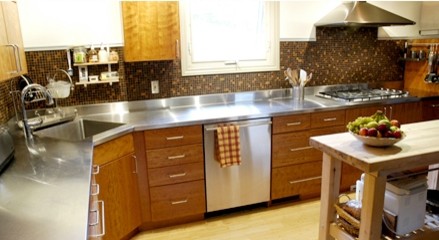
Storage spaces: These are the spaces where objects will be stored when they aren’t being used. Your pens will stay inside a pen holder, your books on a shelf and your phone on a pouch fixed to the wall of your house, preferably close to a charging socket.
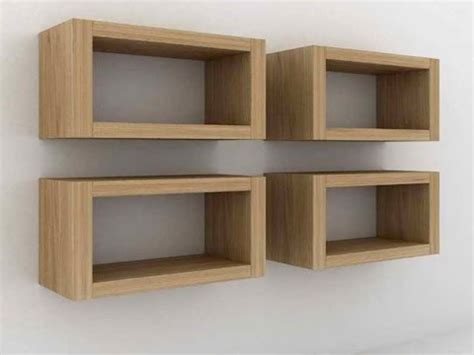
Carriage spaces: These are portable spaces in which you will take objects from one place to another. Your laptop often goes with you in a backpack. You shop for food and put them in a shopping bag. The food items themselves might be inside plastic pouches. You take a duffel bag or a suitcase when you travel for extended periods of time.
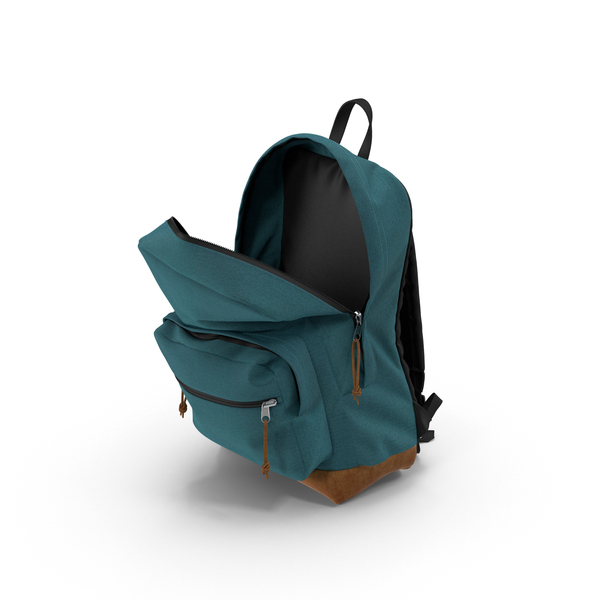
Now that we have seen what objects are and what the different types of spaces are, here are some strict rules to stay organised. Try not to break them so that you always have a neat and tidy home or office.
I. Never leave objects lying on working spaces. Return them to storage spaces.
It is tempting to wind down after a day of hard work and leave things lying around on your desk. Instead, try to build a habit of returning things to their place of storage.
Failure to return things to their storage spaces can result in two pain points.
i. Your working space will be cluttered and you cannot bring the next set of objects to the same space. E.g. if you don’t get rid of the cutting board from the kitchen counter after you are done cutting vegetables, then you will find it difficult to take a hot tray out of the oven and place it on the counter.
ii. You won’t find things where they belong and may keep searching for them. If you look for your pen inside the pen holder by habit and you cannot find it there, then that’s a few precious minutes lost, while you try to recollect where you left it.
Exceptions: Very heavy objects, such as microwave ovens and desktop computers should remain on their working space, which also happen to be their storage space. A microwave oven remain on the kitchen counter and your desktop computer on its desk. It’s difficult to shift them between a different space for every usage.
Also, it is okay to keep objects on their working space, if you are taking a break from your work and will return within an hour. If you are only going to return to work after several hours or the next day, it’s best to return the objects to their storage spaces.
II. Never leave objects inside a carriage space. Immediately assign storage spaces to them.
It is common to live of a suitcase when you are not at home. But if your destination has storage spaces and you will be around for more than 24 hours, then it is better to take the items off the suitcase and put them in storage spaces such as wardrobes, fridge, etc.
If you are back from grocery shopping, especially with fresh food, resist the temptation to leave items inside the shopping bag. You may forget to refrigerate perishable items and lose them to decay. Spice pouches should be cut open and stored in airtight bottles / jars. Same for pulses, grains and condiments.
When you are back from a trip / commute, your chargers should go back to a box of electronics or to wall sockets. Your laptop should go to a place which you have assigned as a place for its storage, e.g. a shelf rack. Pens and notebooks should be returned to holders and racks.
III. Frequently discard items from your storage spaces
It is obvious that you’ll keep buying new items. You will always buy groceries, medicines, latest version of electronics, books and clothes that fit your body’s latest shape. This means that new storage spaces need to be assigned to the new items. What if space at your home or office is limited and you have no place for anything new.
It is a good habit to keep track of what you have in your storage spaces, run through them frequently and discard the most unused ones. Outdated electronics can be exchanged or dumped to e-waste collectors, after completely backing them up. Old clothes can be donated. Books can be sold, given to libraries or handed to people who’ll use them. You should even keep checking your fridge every 2 days for items that you haven’t used for while. If they are still fresh, you can schedule to use them soon. If they are already stale, then you should get rid of them.
IV. Optimise how objects fit in storage spaces
This is frequently done in a kitchen. As items deplete, you can shift them to smaller boxes, so that the bigger boxes can be used for items which are more in quantity. Likewise, you can roll certain pieces of clothing rather than fold them, so that they take less space. Some items should be unboxed and the carton discarded, so that the contained items fits in a smaller space, e.g. razor blades. This can also be done for oversized pouches.
Conclusion
I hope this post has helped you see your home or office in a new way. I want you to look at the different objects and spaces around you and think about how you can apply the four rules above to make everything around you neater, more organised and less stressful.
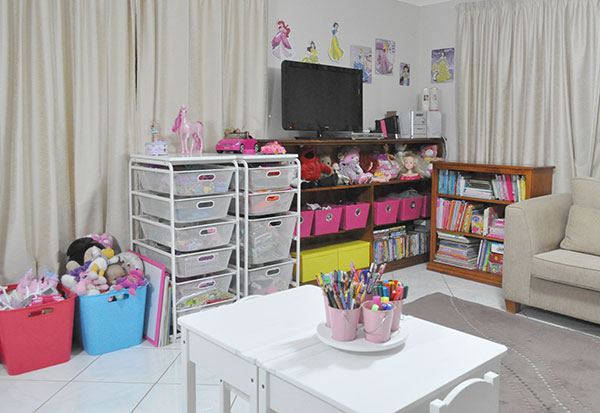
A place for everything and everything it its place.
Yes… as the French say, “Mise en place”!